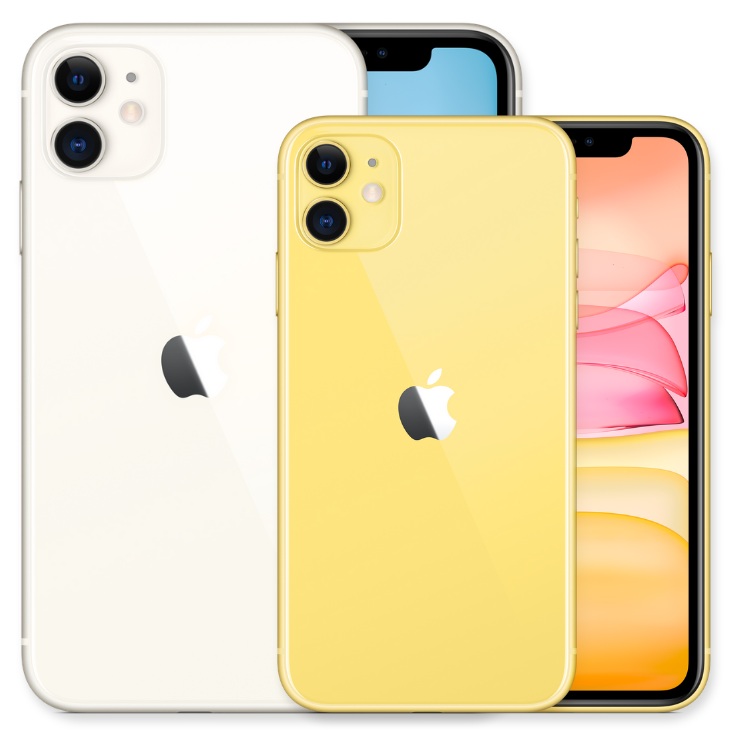iPhone SE Review: Apple’s cut-price smartphone king
Apple’s latest iPhone SE is a surprise cut-price marvel that revives a classic iPhone design and trounces every other mid-range phone in the process.
The £419 iPhone SE takes the important bits of the iPhone 11 – the processor and software – and shoehorns them into the body of an iPhone 8 from 2017. You get a phone design
largely unchanged from the iPhone 6 of 2014, with traditional home button, but the performance and longevity of a brand new Apple phone for £310 less than an iPhone 11.
It’s a tantalising proposition, competing on price with a load of mid-range Android smartphones, including Google’s Pixel 3a, but with top-level iPhone performance and service.
The iPhone 8’s design was tired in 2018 and it is no different today. The 2020 iPhone SE’s 4.7in screen is tiny by today’s standards but the phone’s body isn’t, because it eschews the modern all-screen design in favour of the old large bezels and chunky chin and forehead.
Simply put, there’s a lot more phone than the small screen suggests. Those looking for a truly small phone such as the previous generation 4in iPhone SE will be disappointed.
The dimensions and materials are an exact match for the iPhone 8. Glass front and back, aluminium sides, a Touch ID fingerprint scanner in the home button, a Lightning connector in the bottom but no headphone socket nor Face ID.
At just 148g, the iPhone SE is super light – only 1g heavier than chief rival the Pixel 3a – and small by most modern metrics. The iPhone 11 is considerably bigger, at a full 12.5mm longer and 8.4mm wider, and weighing 194g.
Still the iPhone SE feels as solid and well made as other iPhones, and I can comfortably use it with one hand.
The iPhone SE doesn’t support 5G.

Specifications
- Screen: 4.7in Retina HD (LCD) (326ppi)
- Processor: Apple A13 Bionic
- RAM: 3GB
- Storage: 64, 128 or 256GB
- Operating system: iOS 13
- Camera: 12MP rear camera with OIS, 7MP front-facing camera
- Connectivity: esim, LTE, wifi 6, NFC, Bluetooth 5, Lightning, and GPS
- Water resistance: IP67 (1m up to 30 minutes)
- Dimensions: 138.4 x 67.3 x 7.3mm
- Weight: 148g
- Same top performance as an iPhone 11
The iPhone SE has the same A13 Bionic processor as the iPhone 11 and performs similarly in day-to-day usage, which is a very good thing. It means that the iPhone SE should be a top-performer for years to come.
This iPhone may only cost £419, but it will beat practically everything else in raw processing power. Sadly that performance comes at the price of battery life.
The iPhone SE lasts 27 hours between charges, making it from 7am on day one until 10am on day two – enough to reliably see the phone reach bedtime before needing to be plugged in. That’s one hour longer than the iPhone 8, but eight hours short of the iPhone 11.
Three hours of the 27 was spent on 4G, the rest connected to wifi. The screen was on for three hours, including 30 minutes of video, plus four hours of Spotify via Bluetooth headphones and about 20 photos.
Charging the iPhone SE with the included 5W charger is seriously slow, reaching just 55% in 60 minutes and taking two hours 45 minutes to hit 100% from zero. With the £29 18W USB-C charger and £19 USB-C to Lightning cable that ships in the box with the iPhone 11 Pro, the iPhone SE hits 80% in an hour and a full charge in two hours 15 minutes. Any USB-C power delivery chargers of 18W or higher will achieve the same results and can be had for one-third of the cost. The phone has standard Qi wireless charging too.
Apple slows charging to a crawl above 90% meaning that it’s probably not worth trying to charge the iPhone SE much beyond. It’s also worth noting that iOS 13 includes a battery optimisation feature, which is designed to learn your habits and only charge the battery past 80% just before you need it helping to preserve it in the process.

